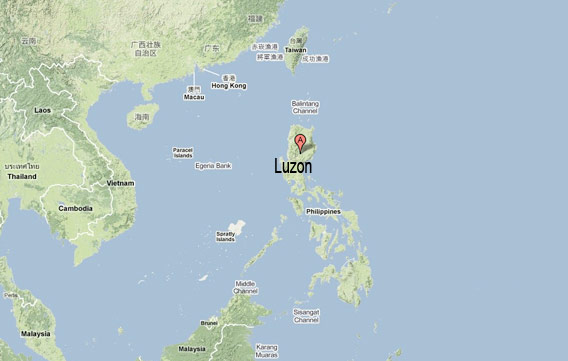Scientists have discovered a new species of giant lizard in the unlikeliest of places: a highly populated, deforested landscape in the Philippines.
The species, described in the journal Biology Letters, is named Varanus bitatawa and was discovered in river valley on northern Luzon Island, according to the AFP. The monitor lizard has survived habitat loss and extensive hunting by local people who note its “tasty” flesh.
The lizard — a close relative of the feared Komodo Dragon of nearby Indonesia — is an arboreal fruit-eater that despite attaining a length of two meters (6.5 feet) only weighs up to 10 kilograms (10 pounds). The species has apparently escaped notice by scientists due to its elusive nature and similarity to a ground-dwelling monitor that also lives in the region, according to Rafe Brown of the University of Kansas, author of the study.
  The Northern Sierra Madre Forest Monitor Lizard. Courtesy of Joseph Brown/University of Kansas. |
“They are extremely secretive,” Brown told Reuters. “I think that centuries of humans hunting them have made the existing populations … very skittish and wary and we never see them. They see and hear us before we have a chance to see them, they scamper up trees before we have a chance to come around.”
Apart from fruit-eating — a characteristic shared by only three lizards worldwide — the Varanus bitatawa is notable for its striking coloration.
“Its scaly body and legs are a blue-black mottled with pale yellow-green dots, while its tail is marked in alternating segments of black and green,” reported the AFP.
Males of the species also has a double penis, a trait found in many lizards — including monitors and iguanas — and snakes.
“The two penises are often used in alternation, and sometimes contain spines or hooks that serve to anchor the male within the female during intercourse,” explained the AFP.
The authors say the discovery “adds to the recognition of the Philippines as a global conservation hotspot and a regional superpower of biodiversity.”








